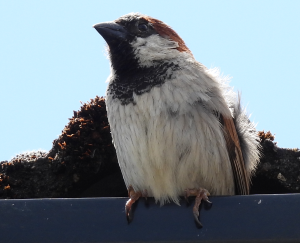GN57 Encouraging Roof Nesting Birds
NFRC is working proactively with roofing contractors, suppliers and conservation groups, such as RSPB, Swifts Local Network and Action for Swifts, to try to reverse the decline in the bird population in the UK by raising awareness amongst the roofing industry and encouraging the installation of nest boxes.

Many formerly common species such as house sparrows, starlings, house martins and swifts are now ‘red listed’, as the number of breeding birds has declined by over 50 per cent in the last 20 years. Renovation and repair work to the roofs of our homes and buildings is severely affecting the birds that need small cavities in the eaves to build nests and raise their young. Without somewhere to breed, numbers of these birds will continue to decline.
NFRC has produced guidance to encourage contractors on site to influence homeowners and clients into installing nest boxes and sharing their homes with nature. There is a wide range of bespoke nest boxes available that fit within the eaves or directly under the eaves or gable or even within a roof tile. The guidance contains case studies, showcasing what can be achieved when working collaboratively with conservation groups. The guidance is now available to view and we encourage contractors to share their success stories with NFRC. (Alternatively you can right click to 'save as'/download the pdf.)
Case studies
What does good look like? We've included a included a selection of case studies from NFRC trade and supplier members demonstrating what they are doing to improve energy efficiency and reduce waste.